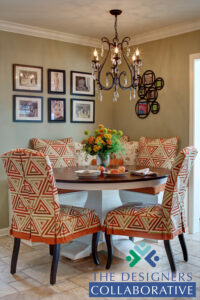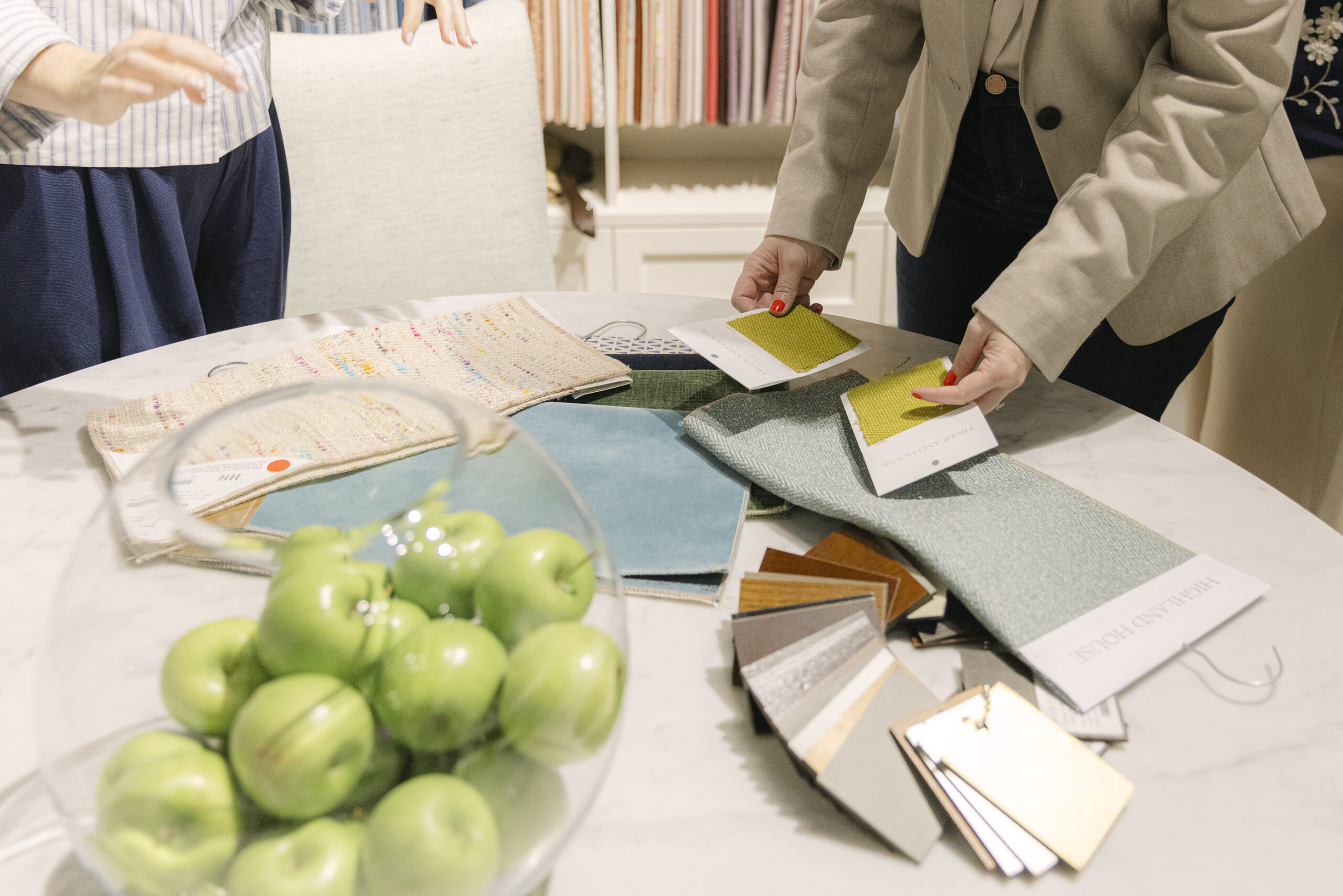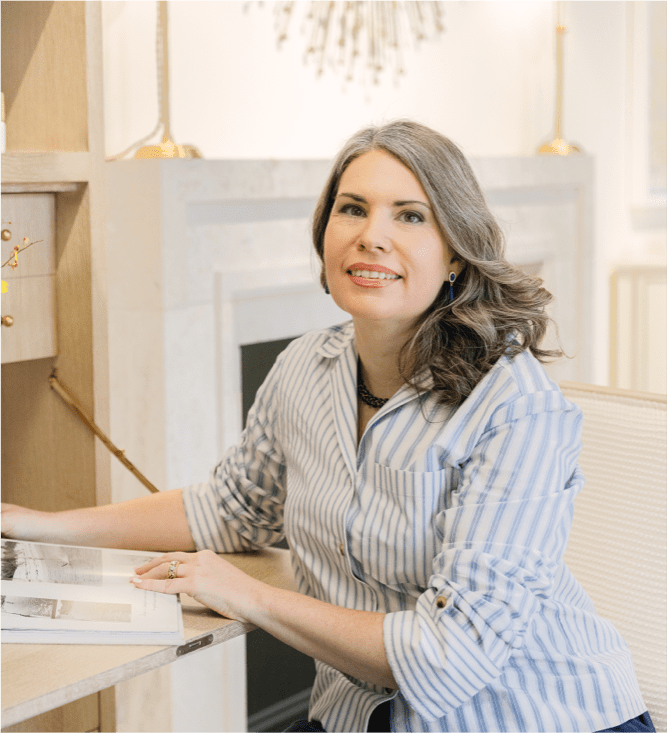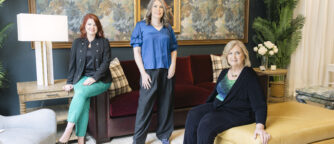Are you a new interior designer navigating the complexities of sourcing furniture for your clients’ projects? Opening accounts with furniture manufacturers can be confusing, especially when starting out. Let me shed some light on this crucial aspect of your interior design business.
The furniture industry has its quirks, and to explain them clearly, I’ll avoid mentioning specific brand names so I don’t get any angry phone calls.

Let me share a true story that illustrates how messy the furniture industry can be. In 2015, I was a busy interior designer struggling to compete with online pricing and, as a result, I was losing my clients’ trust. To earn more than the meager 10% commission offered by local furniture stores or design centers, I decided to explore High Point Market.
At High Point, I had a clear goal of opening accounts with at least one upholstery company and one case goods and accessory company. I was successful in my mission. Having my own direct accounts meant I could significantly increase my profit margins and make three times the profit.
To open these accounts, I had to meet certain requirements. For example, with the upholstery company (let’s call them DS Lane), my sales representative informed me that I needed an initial order of $10,000. Thankfully, I was able to fulfill this with the help of an amazing client. However, I was also required to maintain a yearly sales volume of $20,000, or risk losing the account. This can be challenging for a solo entrepreneur, and the following year, I fell short of the required sales figures. As a result, DS Lane threatened to close my account.

Prior to this, I had been considering starting a buying group. The situation with DS Lane was the spark for what would eventually become The Designers Collaborative. My sales representative at DS Lane mentioned that he had two designers with orders ready, but they were below the $10,000 opening threshold. He introduced us, and I was able to place their orders on their behalf. In return, I charged them a 10% administrative fee for my services, and I was also able to meet the yearly minimum set by DS Lane. This was a win-win for everyone!
So, here’s where it gets messy. As business progressed, I began placing substantial orders for DS Lane. Around March, I had already exceeded the yearly minimum and was on track to sell approximately $100,000 of DS Lane upholstery. Pretty good, right?

That is, until I was completely blindsided when I received a very angry phone call from DS Lane’s CFO. He was upset that I was selling to other designers. However, his primary concern wasn’t that I was selling to other designers, but that I was selling to them at my cost – the stocking dealer price (retail price divided by three).
Ultimately, I believe his anger stemmed from a complaint he received from a design center in Texas, who discovered I was selling to designers at my cost plus 10%. (My cost was the retail price divided by three).
Now dear reader, you should know that I live in northern New Jersey. As a New Jersey resident, there was no way I could or would use a design center in Texas. Additionally, my conversation with the CFO of DS Lane ended with him stating that I could no longer sell to designers, despite this not being a written policy.
I later discovered that New Jersey had two DS Lane sales representatives with two very different practices. The Southern NJ representative allowed designers to open accounts with just a $3,000 order and no yearly minimum! What?! This totally contrasted with my experience with my Northern NJ rep. It seems that the furniture manufacturer allows their sales representatives to set their own account rules.
How does that make any sense? It doesn’t. This inconsistency highlights how this industry is quirky, which is putting it mildly. Creating The Designers Collaborative has been the smartest decision I’ve ever made. It was my solution to these challenges. We offer designers access to over 300 vendors at the best competitive prices, enabling them to meet yearly minimums and compete with online retailers.
In a quirky industry like this, designers need to support each other. On a side note, the two designers who I initially placed orders for are still members of The Designers Collaborative buying group, which has become a powerful resource to over 500 members all across North America.
I encourage you to explore The Designers Collaborative and consider how it could benefit your business and profitability.







